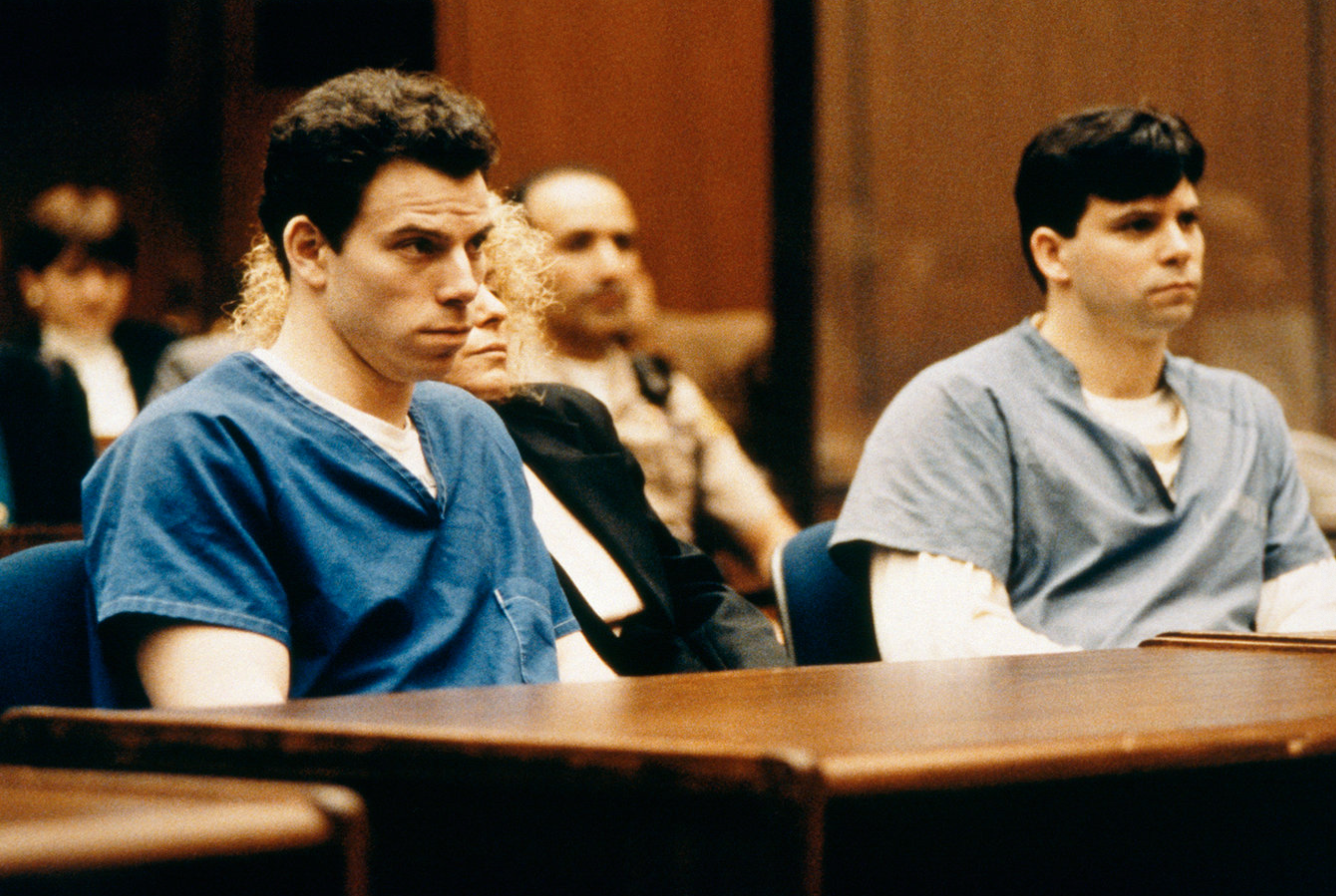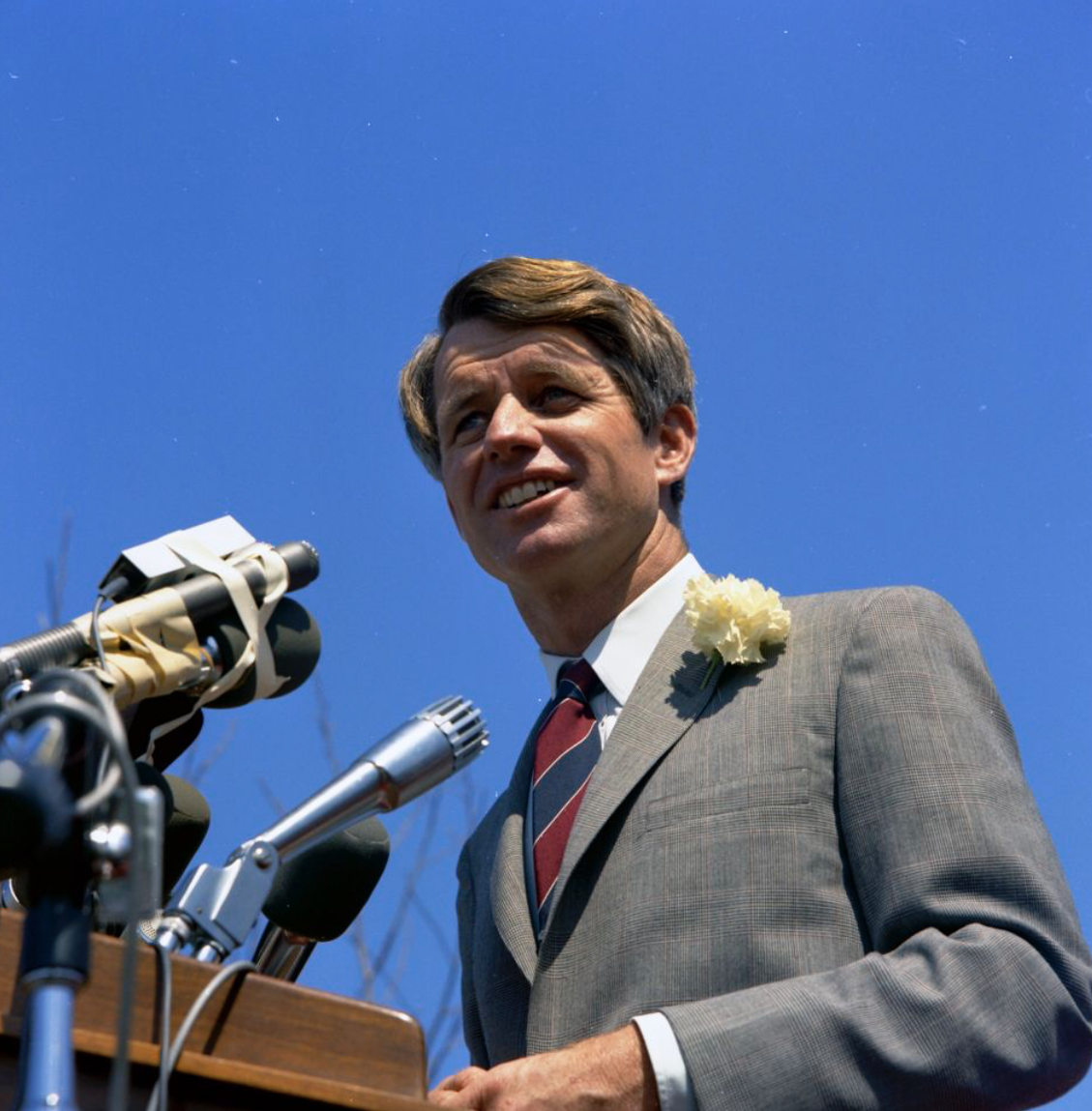The Lattimer Massacre
On the afternoon of September 10, 1897, 19 unarmed miners were shot and killed and dozens more injured in the outskirts Lattimer, Pennsylvania while they peacefully protested for better working conditions and wages.
The story of the Lattimer Massacre began nearly a decade before the actual day of the shooting. Many eastern and southern Europeans moved across Pennsylvania, with thousands settling near the northeastern anthracite mines. The United Mine Workers of America, formed in 1890, did little to help non-English speaking miners.
Throughout the 19th century, the immigrants who made up the labor class vastly changed. First, English immigrants constituted the vast majority of miners. Mid-century, the Irish would become the majority. When the eastern and southern Europeans arrived to Luzerne County, the mines were so deep that those working within them were regularly injured or faced death.
Local newspapers celebrated the industrial boom they were surrounded by, but they did not celebrate, appreciate, or even care for those who were contributing to that boom. Nativism, or anti-immigrant sentiments, were rampant across the United States, especially in Pennsylvania.
Immigrant miners refused to actively accept lower wages, dangerous working conditions, and miserable living conditions which was offered to them from their employers. According to Smithsonian Magazine, many immigrant miners were paid 10-15% less than their English-speaking counterparts.
In August of 1897, the Campbell Act was enacted. Through the Campbell Act, coal operators would have to pay 3 cents per day for an employee who was not a U.S. citizen. Once the law was enacted, coal operators quickly made their employees pay for this tax. When they saw their pays cut even more, they decided enough was enough. Many decided to formally strike.
For those who hadn’t joined their fellow miners on strike, the beating of a young mule driver caused thousands to go on strike. It is estimated that 10,000 miners were on strike by September 8.
On the morning of September 10, 1897, a group of miners gathered, hoping to close down the local mines in the surrounding area. Operations remained open in Lattimer, so roughly 400 unarmed men joined together for a rally in neighboring Harwood. As they carried an American flag, the men walked towards Lattimer hoping they could convince the local Italian miners to join the fight.
On the outskirts of Lattimer, the strikers met Luzerne County Sheriff James Martin and the newly deputized Coal and Iron Police. Sheriff Martin had declared a state of civil disorder to deputize his posse. Officers were armed with new Winchester rifles and metal piercing shells.
As marchers approached, Martin ordered the men to disperse and attempted to grab their American flag. Reports vary on what was yelled. As miners pushed forward, someone either yelled “fire” or “shoot the sons of bitches.” Deputies quickly opened fire, with many falling to the ground immediately.
As the miners tried to run away, deputies fired for over two minutes. Over a dozen protestors were shot in the back and killed as they fled. Nineteen men and boys died that day, and five more died from gunshot wounds in the following days.
Sheriff Martin and his deputies painted contradictory reports, saying the protestors were determined to be violent towards police and desecrate the private property of coal operators. When surviving strikers gave their account, supported by witnesses, government agents concluded that the marchers were peaceful in their protests.
Almost immediately, the deceased miners were transformed into martyrs. The word of the killings spread across coal country rapidly. Governor Daniel Hastings sent 2,500 men to control expected reprisals. The strikers were buried in 4 different cemeteries in Hazelton with grand ceremonies. It is estimated over 8,000 people participated in the funerals for the men.
Newspapers across the country, especially those for Slavic immigrants clearly expressed their outrage. A Polish newspaper published in Scranton memorialized the men with a rephrasing of Abraham Lincoln’s Gettysburg Address saying: “May their death not be in vain, may they become the patron saints of the working people in America.”
Sheriff Martin and his deputies were not arrested until ten days after the massacre due to public pressure. They were tried for the murder of only one miner in February 1898. They were quickly acquitted of their crimes, their defense attorneys characterizing the deceased miners as “invaders from the Steppes of Hungary.”
Those who were involved in the strike quickly lost their jobs. The backlash against immigrant miners was fierce. Within four months, 15,000 joined the United Miner Workers Association. Tensions between immigrant communities still remained an ever-present issue. It wasn’t until 1900 when another strike broke out that members of the UMAW that a rallying cry “The coal you dig isn’t Slavic or Polish, or Irish coal. It’s just coal.”
Local miners raised $5,000 in 1903 to erect a monument dedicated to those who died. However, over the next decade, they argued about where the monument should be placed. On top of this, pushback from locals meant a monument would not be built until 1972. On September 10, 1972, a memorial service was held to dedicate the monument. Every year since then, a memorial service has been held to remember the miners and labor rights.






